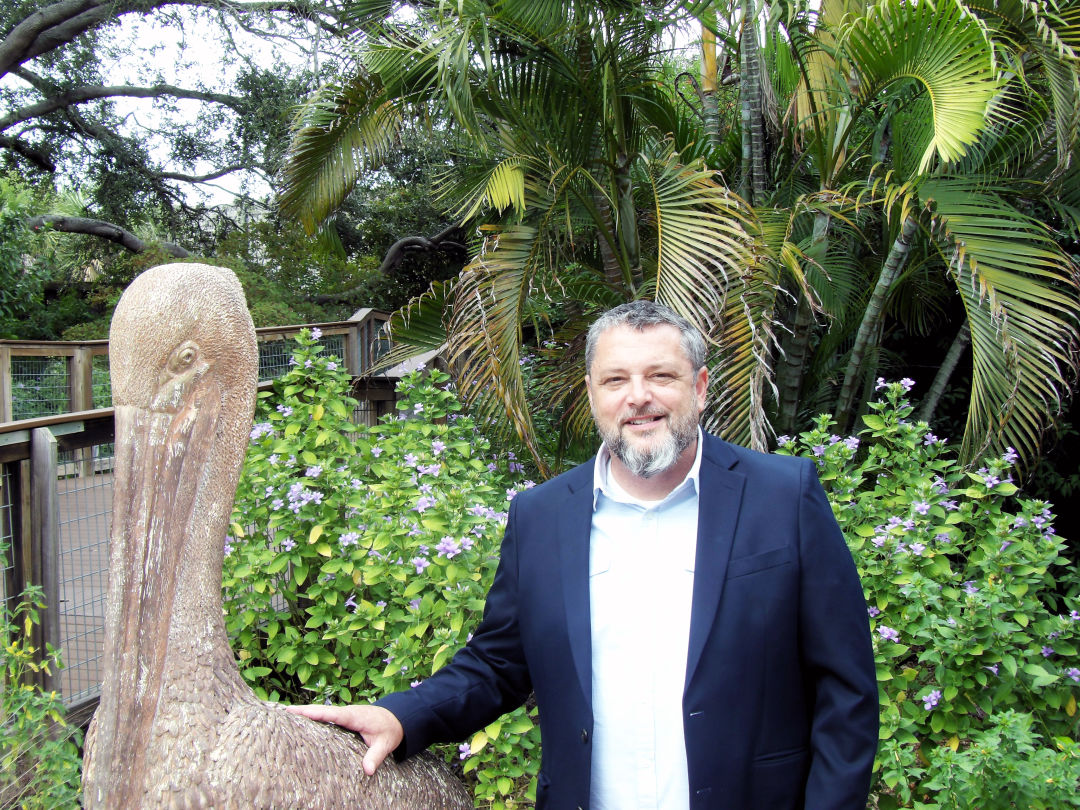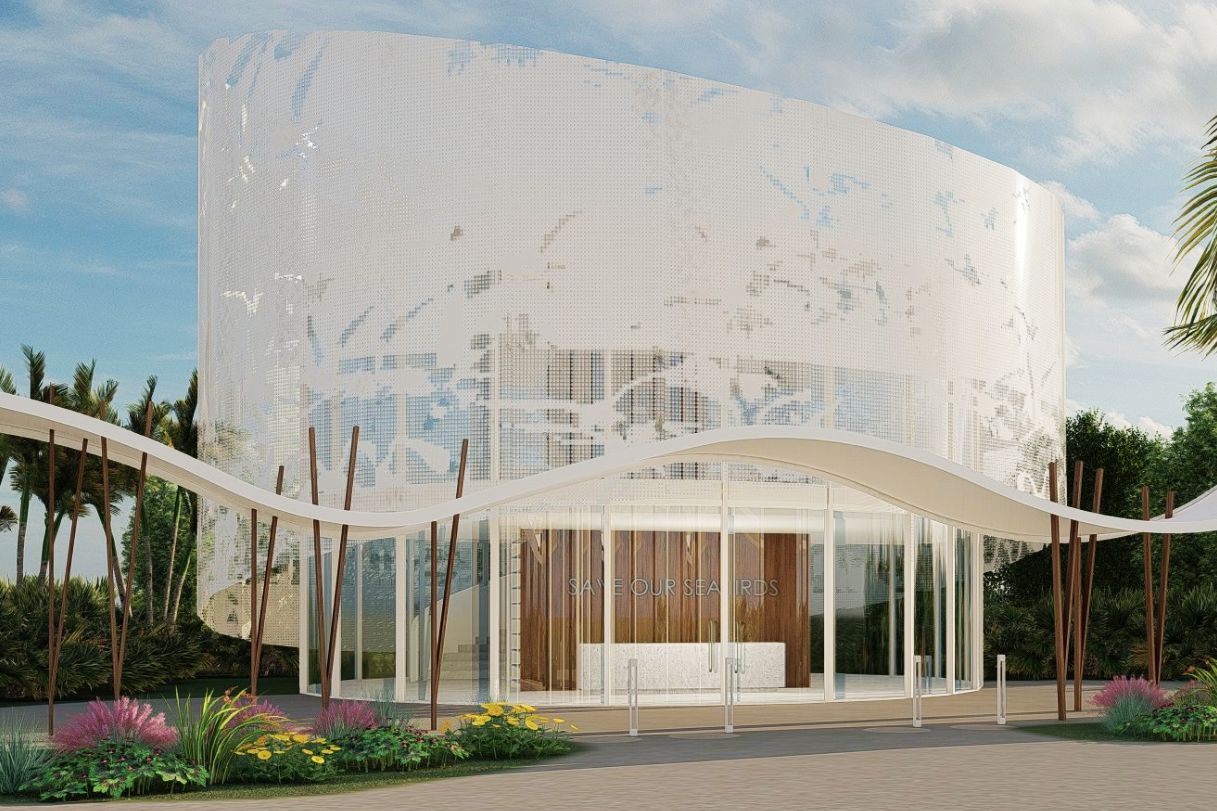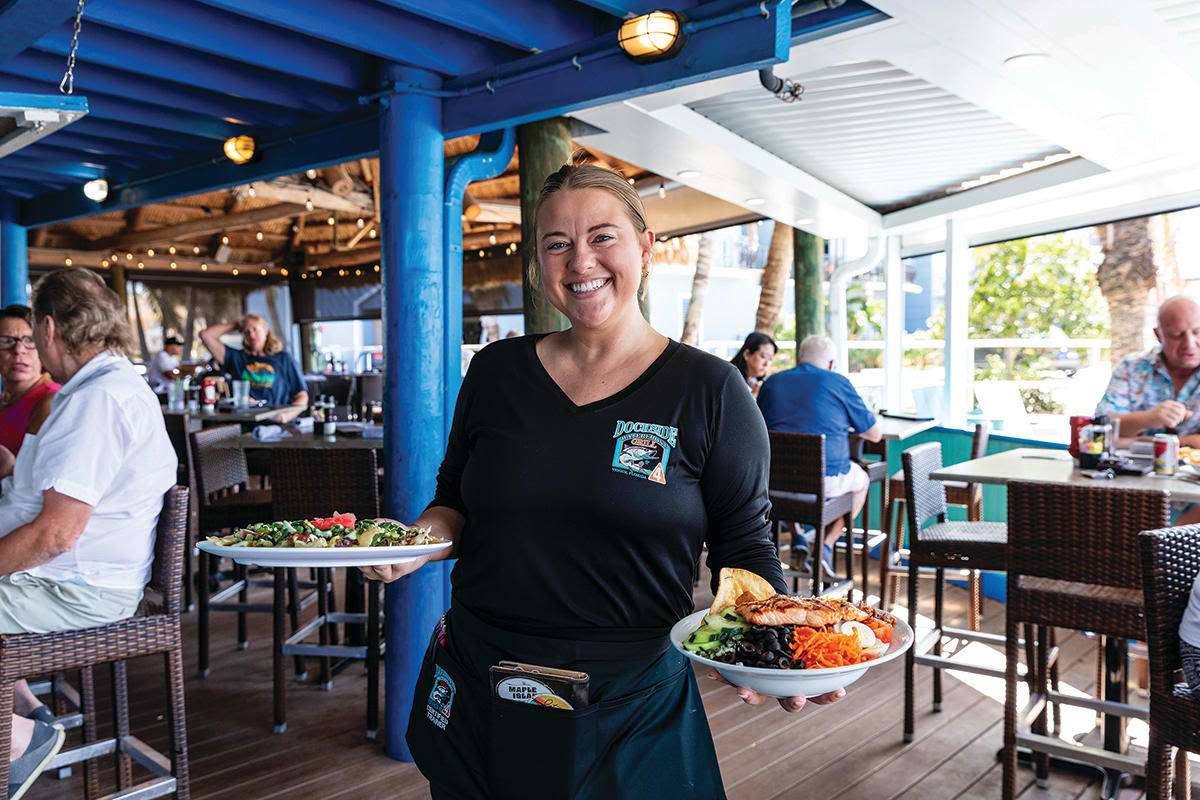Save Our Seabirds' New CEO Wants to Help the Organization Take Flight

Brian Walton
As a self-described “mercenary for a good cause,” Brian Walton, the new chief executive officer of Save Our Seabirds, is not afraid to dream big and connect present day to the legacy of the City Island mainstay.
“Anybody who is a Sarasota native and has been around for a while will remember the Pelican Man,” says Walton. “He started noticing pelicans that were injured and in trouble, and he established a lease with the city on the site Save Our Seabirds sits on now.”
Officially founded in 2008, the history of the Pelican Man stretches back to 1988.
“I’ve never worked in a wildlife organization. I’ve never worked in any kind of conservation, and I know very little about birds,” Walton says. “But what I bring is a wealth of experience in this world and knowing what it creates to create a healthy organization and achieve a mission.”
Walton hopes in his time as CEO to steward the development and funding of a new avian hospital that includes a flight cage, allowing the organization’s in-house veterinarian to expand rehabilitation capabilities. The project is expected to cost between $10 million to $15 million, according to estimates from DSDG Architects. Capital funds stand at roughly $1.2 million.
“We sit out on a barrier island, and everything is built out of wood. It has been beaten to death by the storms and the weather over the years. A lot of the aviaries, the buildings, they’re rotting away,” Walton saus. “There’s been a plan to rebuild the campus and build a new hospital to ensure our cutting edge doctor has the cutting edge tools to best do what she does.”
Save Our Seabirds is one of the largest bird rehabilitation centers in the state and receives approximately 5,000 distress calls a year. About 1,200 birds come through the hospital on an annual basis. The mission of the organization is to rescue, rehabilitate, and release injured and sick birds—shorebirds and other species, as well. Last month, it released 30 birds that came through the hospital and were rehabilitated.
The organization offers a bird-walk experience to the public, where 120 resident birds are on display, either due to injuries that were too severe to return to the wild or former pets too acclimated to humans to be released.
Walton began his tenure as CEO in October, taking over for Aaron Virgin, who worked about two years and three months in the role. The two worked together for a few days as part of the transition.
Walton, 50, has lived in Florida for the last 12 years, but was born in rural southern Indiana, where, at 16 years old, he inadvertently created his first nonprofit when he missed his friends from summer camp. In trying to devise a way to see his friends from neighboring school districts, he developed a plan for them to come together monthly to perform service projects. Once the organization started to gain traction and raise funds, the friends registered as a non-profit.
After running his original non-profit for a few years, Walton and his family moved from Indiana, but by then he had “caught the bug,” he says.
“I found that it was an addicting experience. It’s the leadership aspect of pulling people together to achieve something good,” he says. “As I got older, I discovered that there’s lots and lots of really good causes.”
Following a career primarily in social and housing services, Watson was looking for “a breath of fresh air,” where he felt he could use his decades of experience and affinity for the non-profit sector to make a difference.
Catherine Hicks is an environmental reporter for the Community News Collaborative. She can be reached at [email protected].



